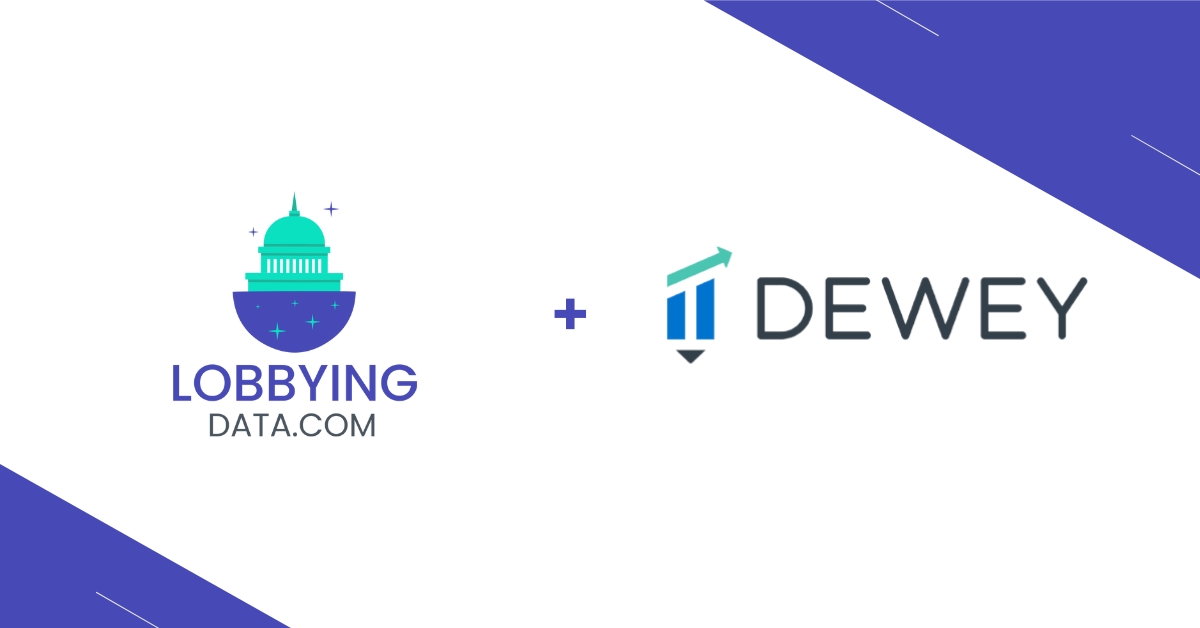Understanding the Concept of Lobbying
Lobbying is a term used to describe the practice of individuals or groups exerting pressure on government officials to influence public policy. Lobbying can take many forms, from direct meetings between lobbyists and government officials to grassroots campaigns aimed at mobilizing public support for a particular issue. The practice of lobbying has long been an integral part of the political process, with both individuals and organizations using it to advance their goals and interests. In this article, we will explore the concept of lobbying in greater detail, including the role of lobbyists in shaping public policy, the types of lobbying, and the pros and cons of lobbying.
The Role of Lobbyists in Shaping Public Policy
Lobbyists play a critical role in shaping public policy by providing government officials with information, expertise, and perspectives on issues that are important to them. They do this by engaging in dialogue and advocacy with government officials, highlighting the potential benefits or drawbacks of proposed policies, and presenting evidence in support of their positions. Lobbyists may represent a wide range of interests, from business and industry groups to environmental and consumer protection organizations. The influence of lobbyists on policy outcomes can be significant, particularly when powerful interests align to support or oppose a particular issue.
Types of Lobbying: Direct, Grassroots, and Coalition Building
There are several types of lobbying, each with its own approach and focus. Direct lobbying is the most traditional form of lobbying, which involves direct communication with government officials to influence policy decisions. Grassroots lobbying involves mobilizing public support through campaigns aimed at building public awareness and support for a particular issue. Coalition building involves bringing together diverse groups and interests to support a common goal. This type of lobbying can be particularly effective when multiple groups have a stake in the outcome of a particular policy decision.
Pros and Cons of Lobbying: Balancing the Benefits and Risks
The practice of lobbying has both pros and cons. On the positive side, lobbying can provide government officials with valuable information and expertise, allowing them to make more informed decisions. It can also help to ensure that the voices of underrepresented groups are heard in the policy-making process. However, there are also risks associated with lobbying, including the potential for corruption and the influence of powerful interests over the policy-making process. It is important to balance the benefits and risks of lobbying when considering its use as a tool for advancing particular interests or causes.
In conclusion, lobbying is an important part of the political process, providing a means for individuals and groups to influence public policy. While lobbying can have a significant impact on policy outcomes, it is important to approach it with caution and awareness of its potential risks. By understanding the various types of lobbying and the role of lobbyists in shaping public policy, we can better understand the complex dynamics of the policy-making process and the role that lobbying plays in it.







